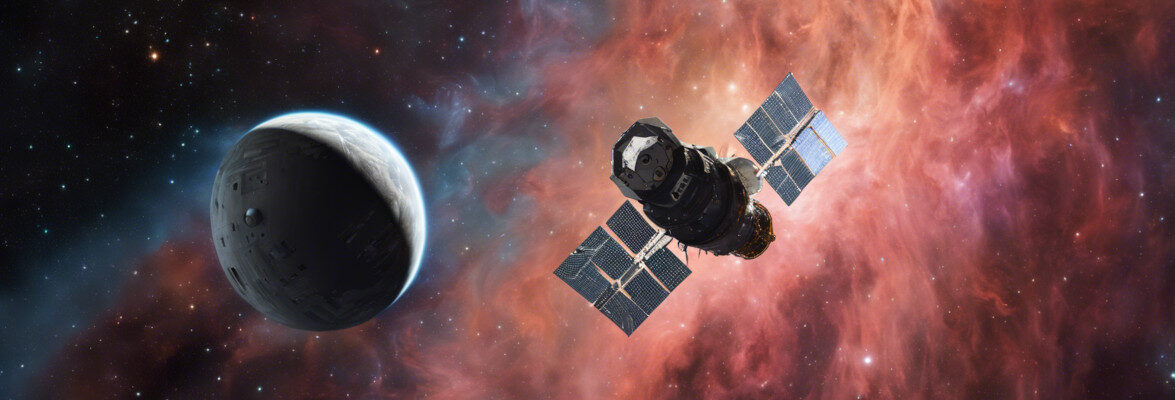
The Russian spacecraft Progress MS-12 has reached the International Space Station
A few hours ago the Progress MS-12 spacecraft blasted off atop a Soyuz 2.1a rocket from the Baikonur Cosmodrome in Kazakhstan. After about nine minutes it successfully separated from the rocket’s last stage and was placed on its ultra-fast track in its resupply mission to the International Space Station also called Progress 73 or 73P. After almost 3.5 hours it reached the International Space Station docking with its Pirs module.





